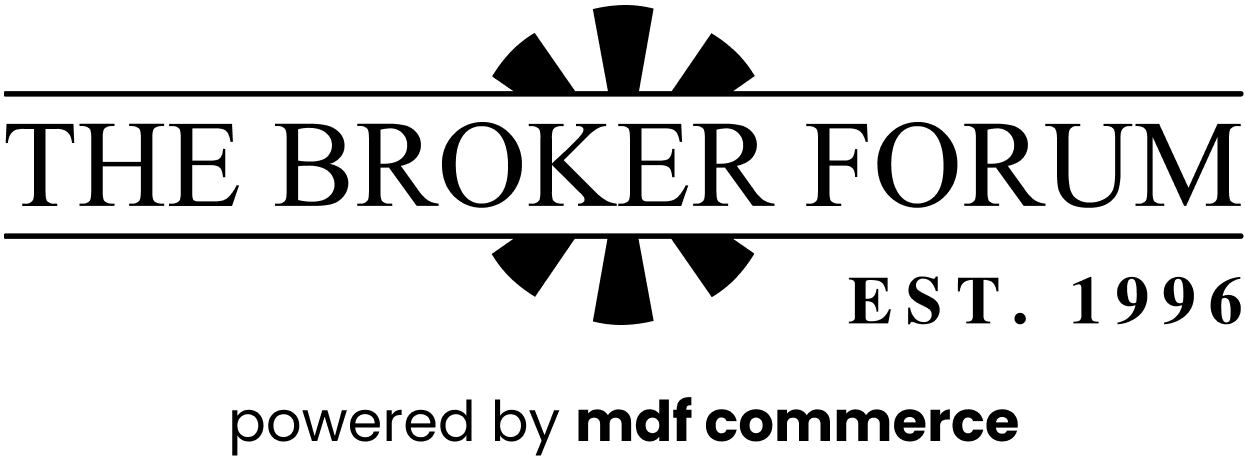Results for: GBJ1006F
in Thyristors
Send an RFQ for this part NOW »
Select the line item to get a quote for part number GBJ1006F or refine your search within part number GBJ1006F part variation at the bottom of this page.
If you're not already a Broker Forum member, get your
free access to contact GBJ1006F vendors.
Thyristors
A thyristor is a solid-state semiconductor device with four layers of alternating N and P-type material. They act exclusively as bistable switches, conducting when their gate receives a current trigger, and continue to conduct while they are forward biased (that is, while the voltage across the device is not reversed). A three-lead thyristor is designed to control the larger current of its two leads by combining that current with the smaller current or voltage of its other lead - known as its control lead. In contrast, a two-lead thyristor is designed to 'switch on' if the potential difference between its leads is sufficiently large - a value representing its breakdown voltage. Some sources define silicon-controlled rectifiers and thyristors as synonymous. Other sources define thyristors as a larger set of devices with at least four layers of alternating N and P-type material. The first thyristor devices were released commercially in 1956. Because thyristors can control a relatively large amount of power and voltage with a small device, they find wide application in control of electric power, ranging from light dimmers and electric motor speed control to high-voltage direct current power transmission. Thyristors may be used in power-switching circuits, relay-replacement circuits, inverter circuits, oscillator circuits, level-detector circuits, chopper circuits, light-dimming circuits, low-cost timer circuits, logic circuits, speed-control circuits, phase-control circuits, etc. Originally thyristors relied only on current reversal to turn them off, making them difficult to apply for direct current; newer device types can be turned on and off through the control gate signal. A thyristor is not a proportional device like a transistor. In other words, a thyristor can only be fully on or off, while a transistor can lie in between on and off states. This makes a thyristor unsuitable as an analog amplifier, but useful as a switch.
Transistor > Thyristors > Rectifiers > Bridge Rectifier
| Part No. | DS | Manufacturer | D/C | Qty | Region | Action |
|---|---|---|---|---|---|---|
| GBJ1006-F | Diodes | 2014+ | 160 | Hong Kong | Request A Quote | |
| GBJ1006F | Diodes | - | 60 | Germany | Request A Quote |
Part No. Variations
- GBJ10005BP
- GBJ10005F
- GBJ1002
- GBJ1002F
- GBJ1004
- GBJ1004SIR
- GBJ1006
- GBJ1006F
- GBJ1006L
- GBJ1006SIR
- GBJ1008
- GBJ1010
- GBJ1010F
- GBJ1012SIR
- GBJ1016SIR
- GBJ10A
- GBJ10B
- GBJ10D
- GBJ10G
- GBJ10J
- GBJ11011
- GBJ1101Z
- GBJ15005F
- GBJ15005YAN
- GBJ1501
- GBJ1502BP
- GBJ1502F
- GBJ1502YAN
- GBJ1504
- GBJ1504F
- GBJ1506
- GBJ150601
- GBJ1506BP
- GBJ1506D15XB60
- GBJ1506F
- GBJ1506HY
- GBJ1506YAN
- GBJ1508
- GBJ1508BP
- GBJ1508YAN
- GBJ1510
- GBJ1510BP
- GBJ1510F
- GBJ1510YAN
- GBJ15JDC
- GBJ15KDC
- GBJ15L06
- GBJ15V10HF

